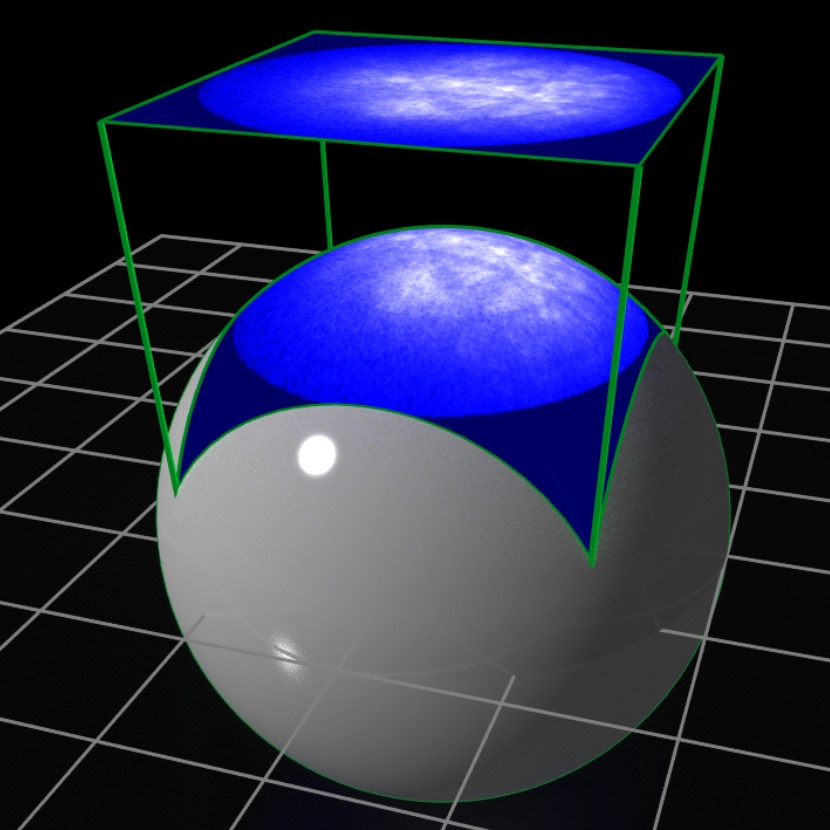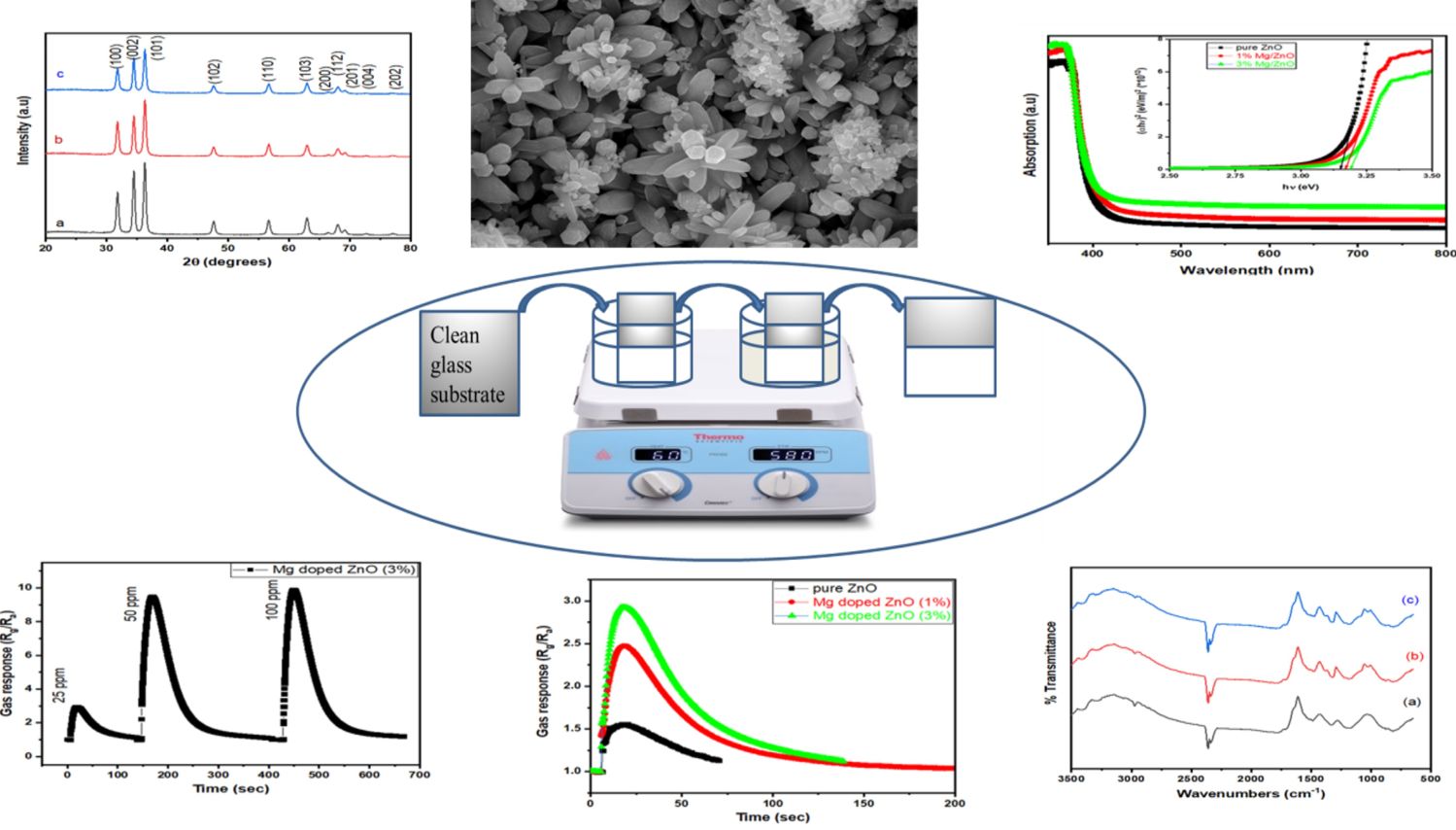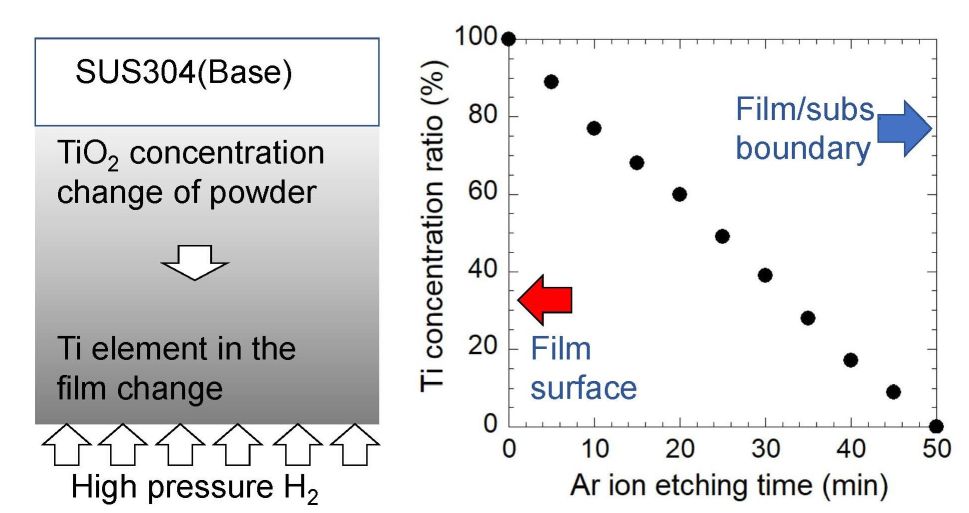Volume 21, Issue 3
Displaying 1-19 of 19 articles from this issue
- |<
- <
- 1
- >
- >|
Superexpress Letter
-
Article type: Superexpress Letter
Subject area: Structure
2023Volume 21Issue 3 Pages 128-131
Published: February 25, 2023
Released on J-STAGE: June 15, 2023
Advance online publication: February 25, 2023Download PDF (1099K)
Regular Papers
-
Article type: Regular Paper
Subject area: Thin Films
2023Volume 21Issue 3 Pages 132-138
Published: December 08, 2022
Released on J-STAGE: June 15, 2023
Advance online publication: December 08, 2022Download PDF (1885K) -
Article type: Regular Paper
Subject area: Electronic Properties
2023Volume 21Issue 3 Pages 139-143
Published: December 08, 2022
Released on J-STAGE: June 15, 2023
Advance online publication: December 08, 2022Download PDF (1416K) -
Article type: Regular Paper
Subject area: Vacuum
2023Volume 21Issue 3 Pages 144-153
Published: December 10, 2022
Released on J-STAGE: June 15, 2023
Advance online publication: December 10, 2022Download PDF (6577K) -
Article type: Regular Paper
Subject area: Nano-Materials
2023Volume 21Issue 3 Pages 154-163
Published: December 22, 2022
Released on J-STAGE: June 15, 2023
Advance online publication: December 22, 2022Download PDF (3954K) -
Article type: Regular Paper
Subject area: Catalysis
2023Volume 21Issue 3 Pages 164-168
Published: December 28, 2022
Released on J-STAGE: June 15, 2023
Advance online publication: December 28, 2022Download PDF (1437K) -
Article type: Regular Paper
Subject area: Bio-Science and -Technology
2023Volume 21Issue 3 Pages 169-173
Published: January 19, 2023
Released on J-STAGE: June 15, 2023
Advance online publication: January 19, 2023Download PDF (2091K) -
Article type: Regular Paper
Subject area: Structure
2023Volume 21Issue 3 Pages 174-182
Published: March 11, 2023
Released on J-STAGE: June 15, 2023
Advance online publication: March 11, 2023Download PDF (3029K) -
Article type: Regular Paper
Subject area: Instrumentations and Techniques
2023Volume 21Issue 3 Pages 183-187
Published: March 25, 2023
Released on J-STAGE: June 15, 2023
Advance online publication: March 25, 2023Download PDF (1642K) -
Article type: Regular Paper
Subject area: Devices and Sensors
2023Volume 21Issue 3 Pages 188-192
Published: March 30, 2023
Released on J-STAGE: June 15, 2023
Advance online publication: March 30, 2023Download PDF (1507K) -
Article type: Regular Paper
Subject area: Nano-Materials
2023Volume 21Issue 3 Pages 193-199
Published: April 01, 2023
Released on J-STAGE: June 15, 2023
Advance online publication: April 01, 2023Download PDF (2297K)
Technical Note
-
Article type: Technical Note
Subject area: Instrumentations and Techniques
2023Volume 21Issue 3 Pages 200-206
Published: February 18, 2023
Released on J-STAGE: June 15, 2023
Advance online publication: February 18, 2023Download PDF (2009K)
Conference—ISSS-9—
-
Article type: Proceeding Paper
Subject area: Thin Films
2023Volume 21Issue 3 Pages 207-210
Published: December 10, 2022
Released on J-STAGE: June 15, 2023
Advance online publication: December 10, 2022Download PDF (1837K)
Conference—IVC-22—
-
Article type: Proceeding Paper
Subject area: Structure
2023Volume 21Issue 3 Pages 211-217
Published: December 10, 2022
Released on J-STAGE: June 15, 2023
Advance online publication: December 10, 2022Download PDF (1961K) -
Article type: Proceeding Paper
Subject area: Thin Films
2023Volume 21Issue 3 Pages 218-223
Published: February 18, 2023
Released on J-STAGE: June 15, 2023
Advance online publication: February 18, 2023Download PDF (1955K) -
Article type: Proceeding Paper
Subject area: Nano-Science and -Technology
2023Volume 21Issue 3 Pages 224-230
Published: February 23, 2023
Released on J-STAGE: June 15, 2023
Advance online publication: February 23, 2023Download PDF (2119K) -
Article type: Proceeding Paper
Subject area: Catalysis
2023Volume 21Issue 3 Pages 231-235
Published: March 11, 2023
Released on J-STAGE: June 15, 2023
Advance online publication: March 11, 2023Download PDF (907K)
Conference—ALC '22—
-
Article type: Preface
2023Volume 21Issue 3 Pages A1
Published: December 07, 2023
Released on J-STAGE: December 07, 2023
Download PDF (342K) -
Article type: Proceeding Paper
Subject area: Electronic Properties
2023Volume 21Issue 3 Pages 236-240
Published: March 09, 2023
Released on J-STAGE: June 15, 2023
Advance online publication: March 09, 2023Download PDF (1584K)
- |<
- <
- 1
- >
- >|


















